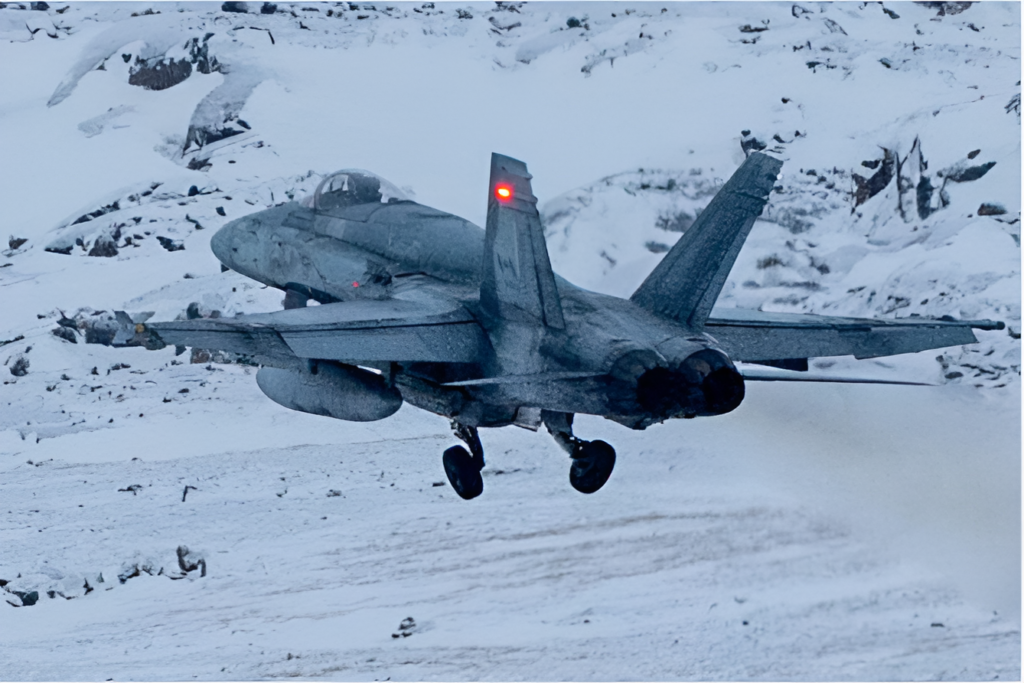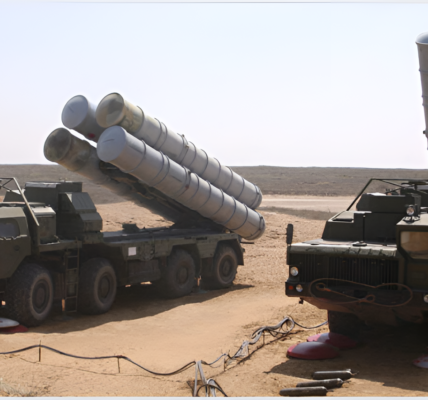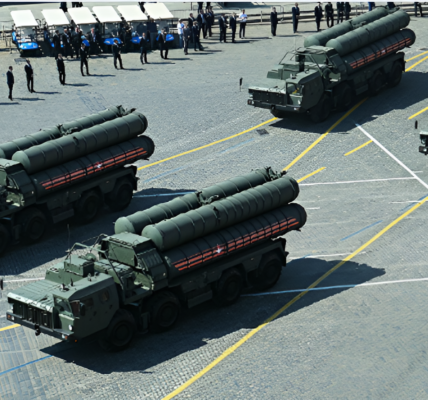
The U.S. Air Force has marked a significant milestone with its first-ever deployment of F-35 stealth fighters to Thule Air Base in Greenland. This strategically located facility, situated 1,200 km north of the Arctic Circle, serves as the Pentagon’s northernmost base and offers a critical vantage point for countering Russian military activity in the Arctic region. The deployment was part of the North American Aerospace Defense Command (NORAD) exercise, Operation Noble Defender, which runs from January 15 to January 31.
The Pentagon described the exercise as a demonstration of NORAD’s readiness to defend North America against potential threats, emphasizing its ability to integrate with allied forces for a comprehensive defense. The exercise featured a robust lineup of assets, including F-35s from the 356th Fighter Squadron based at Eielson Air Force Base in Alaska, a B-52H strategic bomber, KC-135 and CC-150 tankers, an E-3 AWACS, and CF-18 Hornet fighter jets from the Royal Canadian Air Force. The participation of these advanced platforms underscores the growing role of the F-35 within the U.S. and NATO forces.
Historically, Thule Air Base has served as a Cold War-era staging ground for nuclear attacks on the Soviet Union. Today, it continues to play a crucial role in monitoring the Arctic region, with surveillance systems providing early warning of Russian ballistic missile launches. The F-35’s advanced stealth capabilities and nuclear strike potential make it a formidable asset for operations in this high-stakes environment. In support of these operations, air tankers and other logistics units ensure that the F-35s are fully equipped to execute long-range missions if required.
As NATO has increased its presence in the Arctic, Russia has responded by reinforcing its defense posture in the region. The Russian military has deployed sophisticated systems such as the S-400 and S-500 air defense systems, as well as high-performance MiG-31BM interceptors and MiG-31K and Su-34 strike fighters. In response to NATO’s expanded Arctic operations, the U.S. Air Force conducted its first B-1B bomber deployment within the Arctic Circle in 2021. While this marked a significant step, issues related to the aircraft’s performance in extreme conditions raised concerns about the feasibility of operating such aircraft in the region.
The F-35, however, provides a significant advantage due to its next-generation stealth capabilities and cutting-edge technology. The aircraft’s ability to evade radar detection while delivering precise strikes places it at the forefront of modern combat aviation. In terms of peer competition, only China’s J-20 poses a comparable challenge, as both the F-35 and J-20 are the only fifth-generation fighters deployed at squadron strength. Although the F-22 has similar capabilities, its aging avionics and limited production have rendered it less relevant in modern combat scenarios.
Despite its promising attributes, the F-35 program has faced its share of challenges. Numerous performance issues and delays in full-scale production have generated criticism, with some military officials expressing concern over the aircraft’s readiness for high-intensity combat. Lieutenant General Clint Hinote of the U.S. Air Force even voiced doubts about the fighter’s utility in peer-level conflicts. Marine Captain Dan Grazier also raised alarms about the numerous shortcomings preventing the F-35 from reaching its full potential.
If the ongoing issues with the F-35 can be addressed, however, the aircraft stands poised to revolutionize NATO’s capabilities and exert increased pressure on adversaries like Russia, China, and North Korea. The Thule deployment is just one example of how this next-generation fighter could reshape the geopolitical dynamics of the Arctic and beyond. As the U.S. Air Force continues to refine the F-35, its role in shaping future defense strategies will only become more critical.




